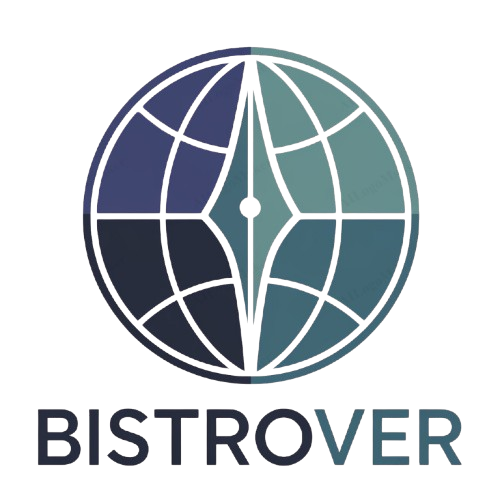The Pivotal Role of Radiology in Diagnosis and Treatment of Diseases
Radiology remains a vital field of contemporary medicine, especially in screening and management processes. It is possible to make informed decisions about the patient’s diagnosis and treatment based on images produced by modern technologies, including MRI, x-rays, and ultrasound. The aim of this post is to highlight the patterns of these imaging techniques in diagnosing and treating patients in different situations of their illness in hospitals in Ranchi and everywhere else.
How is Radiology Utilised to Diagnose Illnesses?
The radiology clinical specialty in any top hospital in Ranchi encompasses the use of imaging technology to depict the internal anatomy of the body. This clearly assists practitioners in detecting afflictions, gauging damage, and tracking treatment progress. MRI, X-ray, and ultrasound are the three types of imaging used in this area, and each is best suited for certain situations.
MRI as it Pertains to Disease Processes
Using Magnetic Resonance Imaging (MRI) entails the application of high-powered magnetism and radio frequencies to produce photographs of the internal parts of the body. Because of its non-invasiveness, this technique has a vast diagnostic value since it can demonstrate a number of different pathologies.
Common Conditions Diagnosed by MRI
MRI techniques have been deemed indispensable in the management of various neurological conditions, including multiple sclerosis, brain tumours, and their complications. Such images tackle the reorganisation of midbrain tissues, which might not be detected through other imaging mediums. Besides, MRI is popular in musculoskeletal cases, which helps to diagnose the presence of torn ligaments, damaged cartilage, or other defects associated with the joints.
Impact on Treatment Decisions
Treatment choice may be steered by the findings noted during MRI scans. For instance, impacted shoulders or knees that require further intervention, be it surgery or therapy, can be diagnosed accurately owing to ligament misplacements. Apart from the above, MRI can also be used to assess the efficacy of a particular treatment, thereby facilitating changes to be made to a method that is not delivering the desired outcome.
X-Ray in Everyday Healthcare
X-ray is one of the oldest forms of diagnostic imaging that is still in use today. The principle employs a narrow beam of radiation that is directed within and photographs the anatomical structures in the body.
Common Uses of X-Rays
Numerous conditions, such as fractures, infections, and tumours, among others, can be diagnosed by the use of X-rays. Within the emergency environment, X-rays are frequently used to diagnose patients who have sustained trauma injuries such as broken bones from falling or motor vehicle accidents.
Effect on Immediate and Long-term Treatment
The convenience and ease of use of X-ray imaging go hand in hand with the usage of X-rays in critical medical settings. The procedure of obtaining X-rays enables the physician to quickly establish the presence of fractures, initiating therapies without delays and reducing the chances of complications. Furthermore, such imaging is routinely performed in the follow-up of patients with chronic illnesses such as lung disorders, where the disease course is regularly assessed.
Ultrasound in Clinical Practice
Ultrasound imaging, which uses high-wave sound to obtain images of internal body parts, is known as a safe and effective imaging procedure. Its non-invasive and real-time aspect makes it an important procedure in primary healthcare.
Applications of Ultrasound
Ultrasound is popularly known to be involved in obstetrics and gynaecology for the purpose of foetal scanning and pelvic sonograms. It is also very important from a cardiovascular point of view, particularly echocardiography, which is employed to assess the heart’s structures and blood flow. Strong waves can be employed in orthopaedic medicine to study the state of joints as well as soft tissues for the purpose of diagnosing tendonitis and bursitis.
Benefits in Patient Care
Ultrasound has many applications because it can provide real-time guidance for deep-seated procedures, such as biopsies. It also does not use ionising radiation and, hence, is safer for patients, including children and pregnant women. In this case, ultrasound has also become a preferred tool for many diagnostic and therapeutic applications.
Comparative Analysis of Imaging Techniques
MRI, X-ray, and ultrasound each have strengths and weaknesses that make them appropriate for specific clinical situations. The role of MRI is the best in terms of details of soft tissue lesions like neurological and orthopaedic disorders. Bone injury and chronic disease changes are best evaluated with an X-ray without any delay. Due to its safety and real-time imaging, ultrasound is useful for foetal evaluation.
Summing Up
Radiology is a crucial segment of almost every healthcare activity as it assists in the diagnosis and management of patients with a wide range of diseases. MRI, X-ray, and ultrasound provide practitioners with vital information related to their practice. The scope of imaging and treatment will continue to extend as new fruits of advancements in imaging technology become available to healthcare providers. With these developments, it is possible to enhance the patient results further and also make the clinical workflow more efficient.







